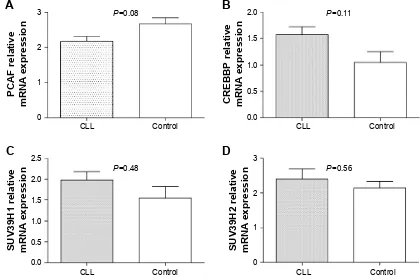Aberrant histone modification in CD19<sup>+</sup> B cells of the patients with chronic lymphocytic leukemia
Full text
Figure
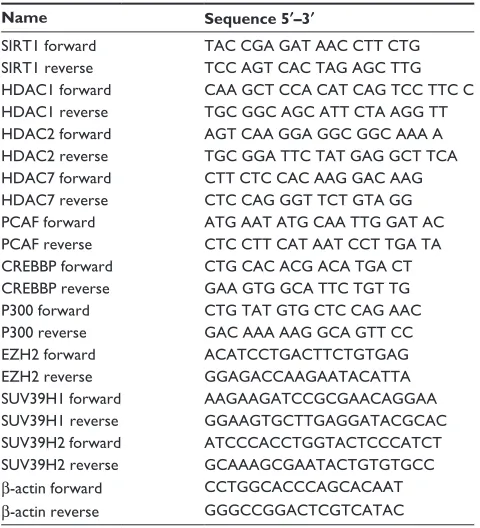
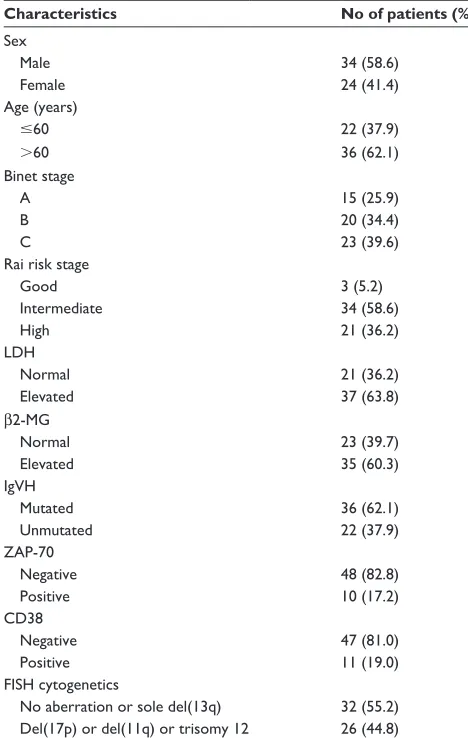
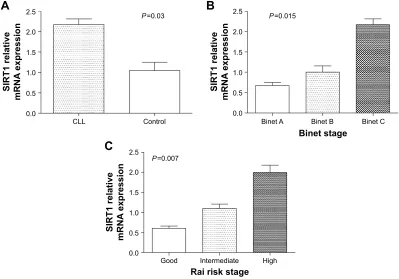
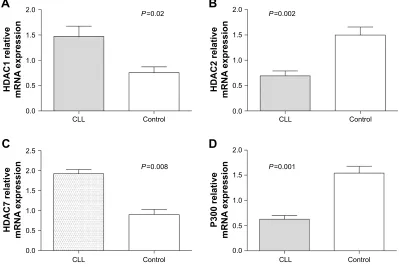
Related documents
EXISTENCE RESULTS FOR ? LAPLACIAN BOUNDARY VALUE PROBLEMS ON TIME SCALES ALBERTO CABADA Received 24 January 2006; Revised 31 May 2006; Accepted 1 June 2006 This paper is devoted to
Deep Sequencing of RNA from Blood and Oral Swab Samples Reveals the Presence of Nucleic Acid from a Number of Pathogens in Patients with Acute Ebola Virus Disease and Is Consistent
The prevalence of anxiety, somatization disorder, alcohol abuse and eating disorders was greater in Guasca than Guatavita with a prevalence of 32.5% and 25.7% for an- xiety, 73.8%
It is recommended that locally available technology of biomass harnessing and processing such as briquetting as well as clean energy subsidies should be promoted
The model will demonstrate the effects of pre-colonial African customary laws and colonially-imposed laws on the creation and exacerbation of queer- phobic societal sentiment
No physician, dentist, or veterinarian shall administer, dispense, give away, deliver or prescribe any of said drugs except after a physical examination of the
by the cloud [3]. AnonyControl is a semianonymous privilege control scheme to address not only the data privacy, but also the user identity. privacy in existing
Secondary outcomes include culture-proven bacteraemia at 12 and 24 months; primary, secondary and functional patency rates at 3, 6, 12 and 24 months; stenosis, thrombosis
